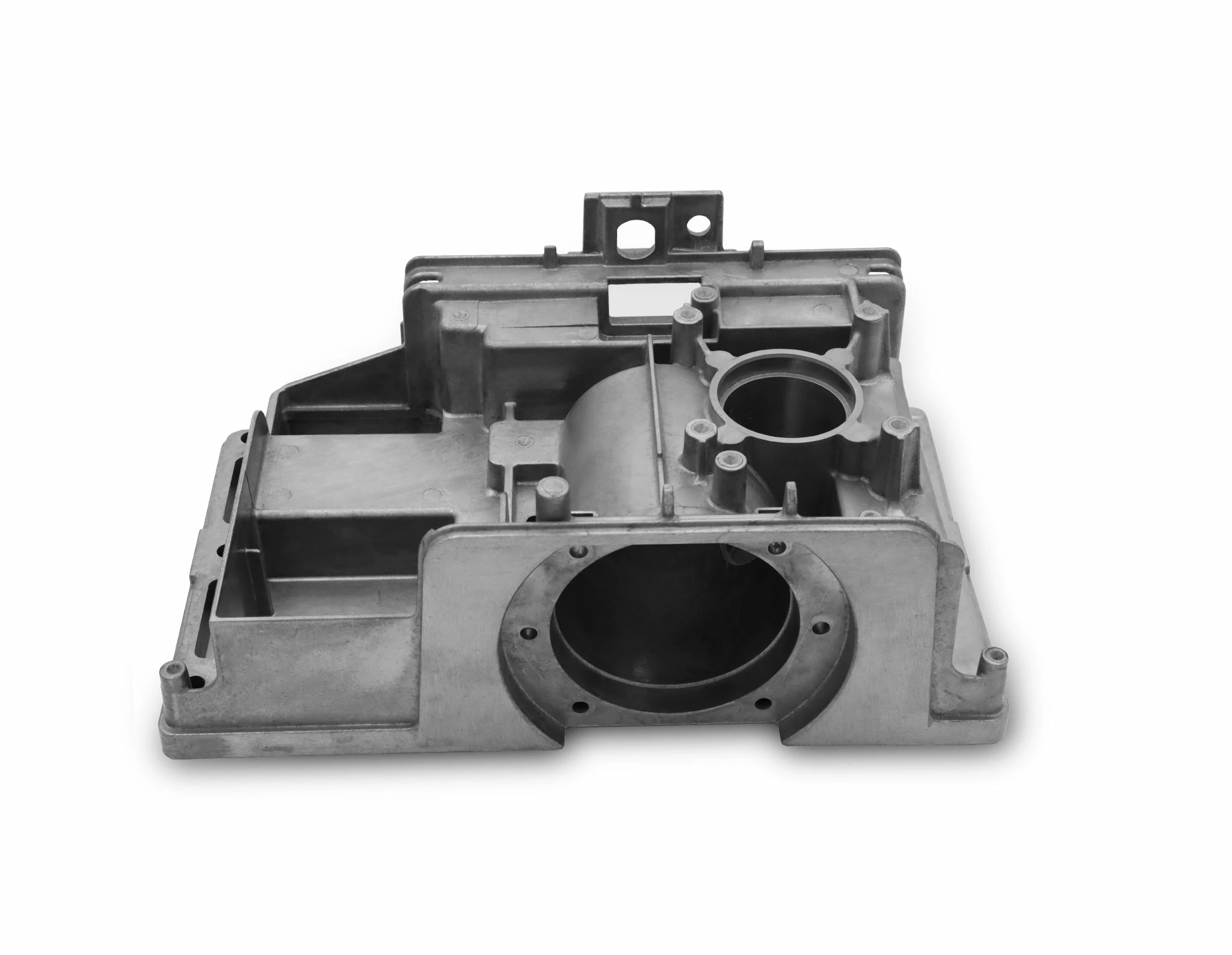Time to read: 6 min

Title: Zinc Die Casting: The Backbone of Modern Automotive Manufacturing
Abstract: The automotive industry's quest for lightweight, durable, and cost-effective components has led to the widespread adoption of zinc die casting. This article delves into the significance, process, and benefits of zinc die casting in the automotive sector, showcasing its applications and comparing it with aluminum die casting.
Body:
Zinc Die Casting: A Driving Force in Automotive Manufacturing
Zinc die casting has emerged as a critical process in the automotive industry, offering high precision, strength, and affordability. With a market value of $3.66 billion in 2021 and growing, its impact is undeniable.
The Hot Chamber Die Casting Process
The hot chamber die casting process is particularly suited for zinc alloys due to their low melting points. This method involves melting the zinc alloy and injecting it into a mold cavity under high pressure, resulting in components with excellent surface finish and dimensional accuracy.
Why Zinc Die Casting is Preferred for Automotive Components
Zinc die casting is favored in the automotive industry for several compelling reasons:
- High Strength and Hardness: Ensuring the resilience of automotive parts under various stress conditions.
- Electrical Conductivity: Facilitating the integration of electronic systems in vehicles.
- Cost-Effectiveness: With lower production and tooling costs compared to other metals.
- Complex Geometric Features: Allowing the creation of intricate parts with thin walls and high precision.
- High Dimensional Tolerance: Providing consistency in part dimensions, reducing the need for post-processing.
- Good Surface Quality: Producing smooth surfaces with minimal porosity, ready for various surface treatments.
- Corrosion Resistance: Protecting parts from environmental factors, prolonging vehicle life.
- Environmental Friendliness: Energy-efficient production and recyclability of zinc materials.
Applications of Zinc Die Casting in the Automotive Industry
Zinc die casting is utilized in a variety of automotive components, such as:
- Safety Components: For seat belt mechanisms and door lock housings, offering durability and impact resistance.
- Enclosures: For airbags and electrical components, benefiting from zinc's surface finish and conductivity.
- Rearview Mirrors: With integrated electronics, taking advantage of zinc's compatibility with electrical systems.
- Sunroof and Windshield Wiper Systems: Requiring corrosion resistance due to regular exposure to water.
- Chassis Parts, Brackets, and Transmission Components: Bearing high stress and dynamic loads in the vehicle.
Zinc Die Casting vs. Aluminum Die Casting
While both zinc and aluminum die castings have their merits, zinc offers a unique combination of properties that often make it the superior choice for automotive applications. Its lower melting point, high strength, and excellent surface finish are particularly advantageous.
Conclusion
Zinc die casting plays a pivotal role in the automotive industry, providing a range of benefits that contribute to the performance, safety, and longevity of vehicles. With the hot chamber die casting process, manufacturers can produce high-quality zinc components with remarkable efficiency.




